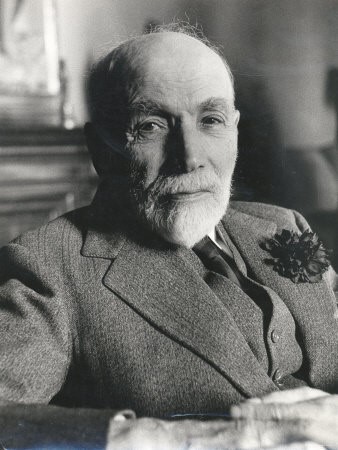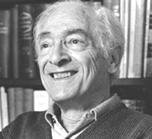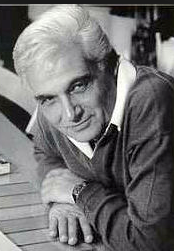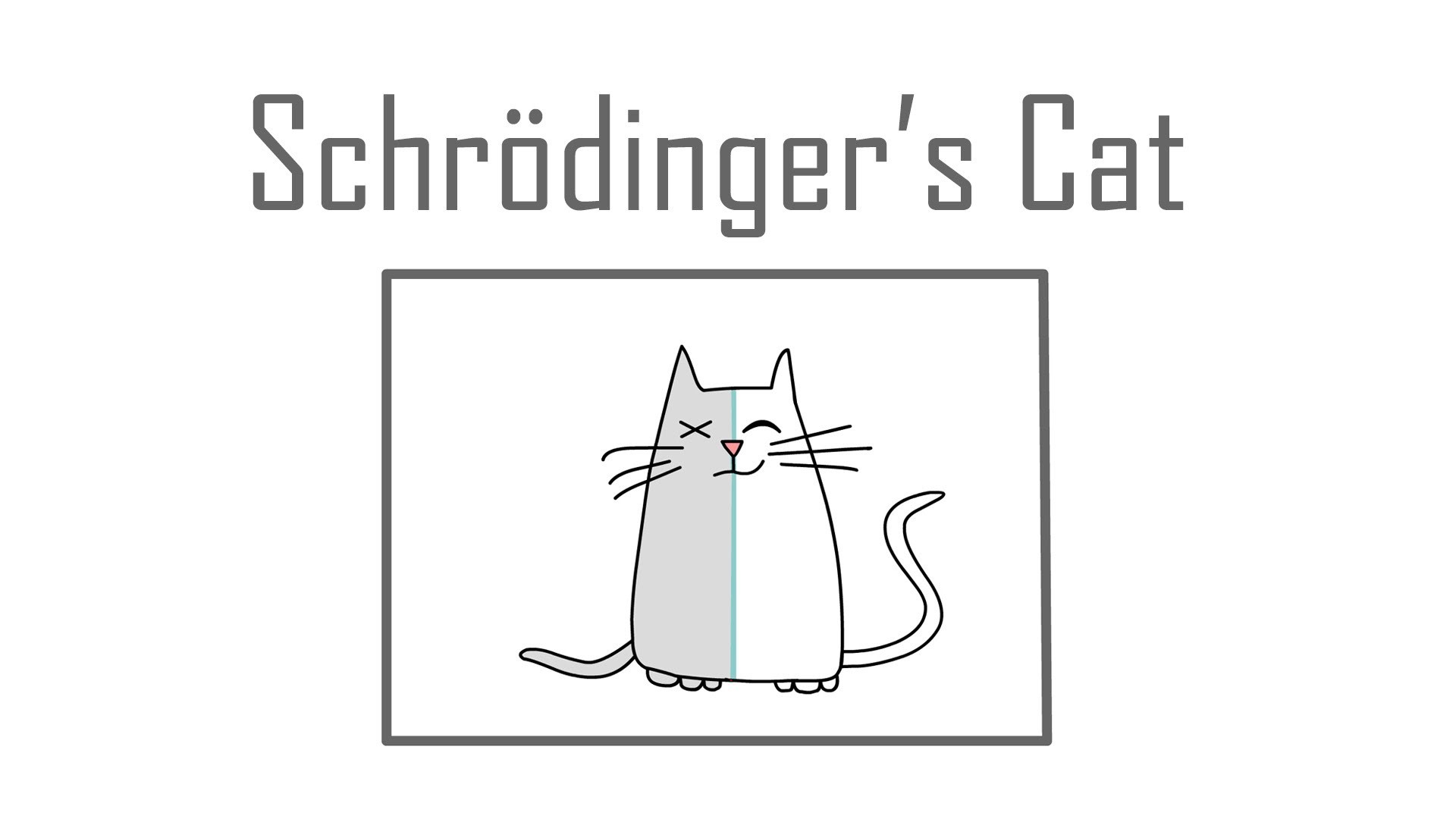Bernie Langs
“Truth” in Painting
Getting to a ‘core essence’ in a mystic or revelatory sense can be as elusive as tracing the path of an electron or photon, famously described as both particle and wave. The arts can be utilized as a conduit to higher states of consciousness. In music, the drone of an Indian sitar or a choral work by Mozart can carry the mind of the listener to abstract and blissful states. In the 19th century, Walter Pater redefined the approach to the study of art in history and art history itself in his book of essays, The Renaissance. When writing about the Italian Renaissance painter Giorgione, he noted “All art constantly aspires towards the condition of music” and later asserts that the mind’s impressions are “in continual flux.” Pater states that a passion for the arts has “the greatest potential for staving off the sense of transience, because in the arts the perceptions of highly sensitive minds are already ordered.”

Alison Brown describes in her essay Bernard Berenson and ‘Tactile Values’ in Florence the evolution of Berenson’s theory, noting that Berenson saw his ideas more akin to psychology rather than philosophy, and that he had been heavily influenced at Harvard by his professor, William James, and his writings on psychological aesthetics.
What I took from reading Berenson’s book over two decades ago, was the idea of the shortcut offered by paintings to heightened states of the sublime, which leaves the door open to many kinds of revelation, including, yet far beyond, the psychological. In the mid-1990s, I purchased a book of collected essays by Meyer Schapiro, who at the time was Professor Emeritus of Art History at Columbia University. I’d read Schapiro’s book of selected papers on late Antiquity, early Christian and Medieval art that had impressed me in its scientific, sleuthing, and exhaustive examination of art, much along the lines of the awe-inspiring and groundbreaking approach of Princeton’s Erwin Panofsky. The 1990s collection includes the essay, Mr. Berenson’s Values from 1961, boasting cutting gems of prose such as his analysis of Berenson’s conversion from Judaism to Christianity.

Around the time I read Schapiro’s book, I was trying to incorporate the study of art history in cultural context using the methodical approach of Professors Schapiro and Panofsky, and others combined with the bullet train to higher states I’d created in my mind around Berenson’s ideas.
About ten years ago, I chanced to read The Truth in Painting by French philosopher Jacques Derrida. Derrida’s writings are uncommonly difficult and convoluted, and he is both praised and derided as the main force behind the philosophical school of Deconstruction. When reading Derrida, I’m always struck by his underlying humor, and when I really believe I’m catching the gist of his purposively obtuse arguments, it’s a source of sublime understanding.

One of the essays in Truth in Painting is Derrida’s work Restitutions of the truth in pointing [pointure]. Gianluca Spinato in his essay, Philosophy of Art: Martin Heidegger and Meyer Schapiro, argues that “Jacques Derrida’s well-known discussion of the conflict between the faculties in question locates Heidegger on the side of the ‘truth’ of art and finds Schapiro on the side of historical and dialectical, even materialist accuracy. The resulting ‘haul’, as Derrida names it at the end of his own evaluation of Schapiro’s original assessment, ‘is a meagre one for the picture police, for this discourse of order and propriety/property in painting’.”
Derrida examines, in his playfully maddening manner, approaches to understanding Vincent Van Gogh’s famous painting Old Shoes with Laces, as well as other paintings by the artist of peasant boots. Two significant quotes begin the exposition, the first by Cezanne that “I owe you the truth in painting, and I will tell it you” and Van Gogh’s own words, “But truth is so dear to me, and so is the seeking to make true, that indeed, I believe I would still rather be a cobbler than a musician with colors.”

After a long discourse on shoes, peppered with doubts of whether they can even be called “a pair” and other unsubstantiated “givens” in discussing Van Gogh, Restitution continues on to jab at Professor Schapiro and his approach to studying art, including the questioning of one of his most famous essays in his book on late Antiquity and early Christian art. Restitution included an unexpected view of Schapiro that both Heidegger and Derrida bring down on him, seemingly implying that their philosophical query into the underlying truths in Van Gogh and in painting, are something akin to abstract notions defined by the ancient Greeks, and ignored and beyond the comprehension of an art historian. Schapiro’s criticism of Heidegger is made to look like an attempt at grabbing back the paintings to his field of study and away from the other school. Derrida writes of “A symbolic correspondence, an accord, a harmonic. In this communication between two illustrious professors who have both of them a communication to make on ‘a famous picture by Van Gogh’—one of the two is a specialist. Painting, and even Van Gogh, is, so to speak, his thing, he wants to keep it, he wants it returned…They owe the truth in painting, the truth of painting and even painting as truth, or even as the truth of truth.”
In complete contradiction to my circling wagon deconstructive metaphor, Derrida describes examining the problem from a stationary standpoint. It reminded me of a lecture I attended many years ago by then-Director of the Metropolitan Museum of Art, Philippe de Montebello. He discussed that to get the full power of a painting, one has to look at it for a very long time. He punctuated this point with a funny anecdote of how, while visiting the Frick Collection, he stared so long at a painting that the security staff grew concerned and a guard approached him demanding to know what he was doing. It reminds me to keep looking, keep looking long and hard.
